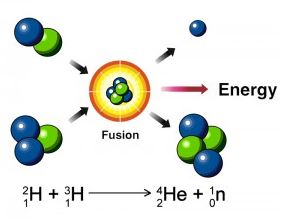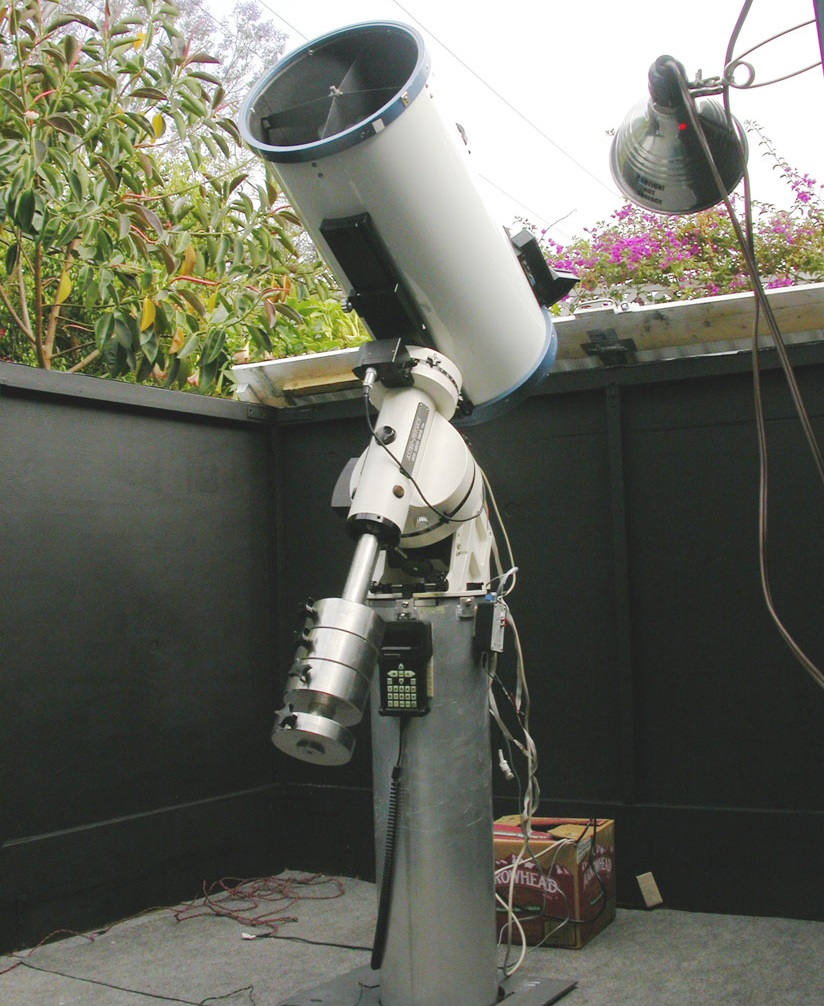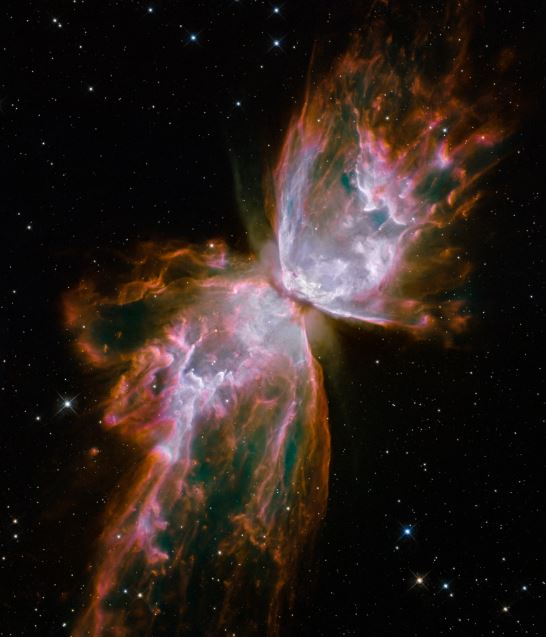Dark Matter is a theorized type of matter that astronomers and cosmologists define as something in space that appear to be void of mass. The matter cannot be observed in any other means and is only noticeable because it wields gravitational effects on other matter near it. Unlike other matter in space that detected by their radio emissions, stellar activity, or light scattering or via other means, dark matter is invisible.
While it may not be visible via the use of many of the astronomy instruments, this matter is believed to constitute around 26.8% of the total matter in the Cosmos while ordinary matter constitutes around 5%. That means dark matter is most abundant yet the least observable entity in the Universe. It lacks electromagnetic ration meaning it does not emit any electromagnetic waves. Dark matter can only be studied or observed through is gravitational energy it has towards other matter. Such is its mysterious nature that much of what is known about this matter is only hypothetical.
The vastness of space is dark; it has dark matter and dark energy. The dark energy constitutes around 68.3% of the total mass of the universe and will constitute around 95.1% of the total mass-energy in the Universe. Note that while ordinary matter is believe to be around 4.9% majority of these matter is unseen because it is partly made up of observable stars and gas inside galaxies and clusters.
When Was The Matter Discovered?
Astronomers Sinclair Smith and Fritz Zwicky did a study of the velocity of galaxies within the Coma and Virgo galactic clusters. It was an analysis done in the 30’s that showed movement of the galaxies that was between ten and hundred times faster than normal, speeds deduced from estimates done based on the observation of stellar density. The two astronomers concluded that the increased speed was due to an unseen entity that was generating additional gravity.
Their finds were not easily accepted with a majority of cosmologists and astronomers being less convinced more so given the distance between earth and the galactic clusters. The complexities or doing accurate measurements of the independent velocities of the various galaxies also added to the debate.
But, more supportive evidence would coming in the 70s as more astronomer and scientists such as Peebles, Rubin and Freeman studies the rotation curves of each galaxy as well as stars in spiral galaxies, which has a faster movement around the galactic core that most visible masses or matter. More studies on dark matter indicated that all galaxies contained the matter and that it stretches far beyond the bounds of any given galaxy visible using telescopes or astronomy instruments.
What Constitutes Dark Matter?
The matter, often referenced as halos, is said to be made up of Weakly Interacting Massive Particles (WIMPS) and Massive Astrophysical Compact Halo Objects (MACHOs). Further studies on this matter has seen various astronomers, cosmologists and scientists hypothesized that the dark matter may also include atoms and other particles most of which are believed to be in brown dwarfs and black holes in different sectors of the universe.


